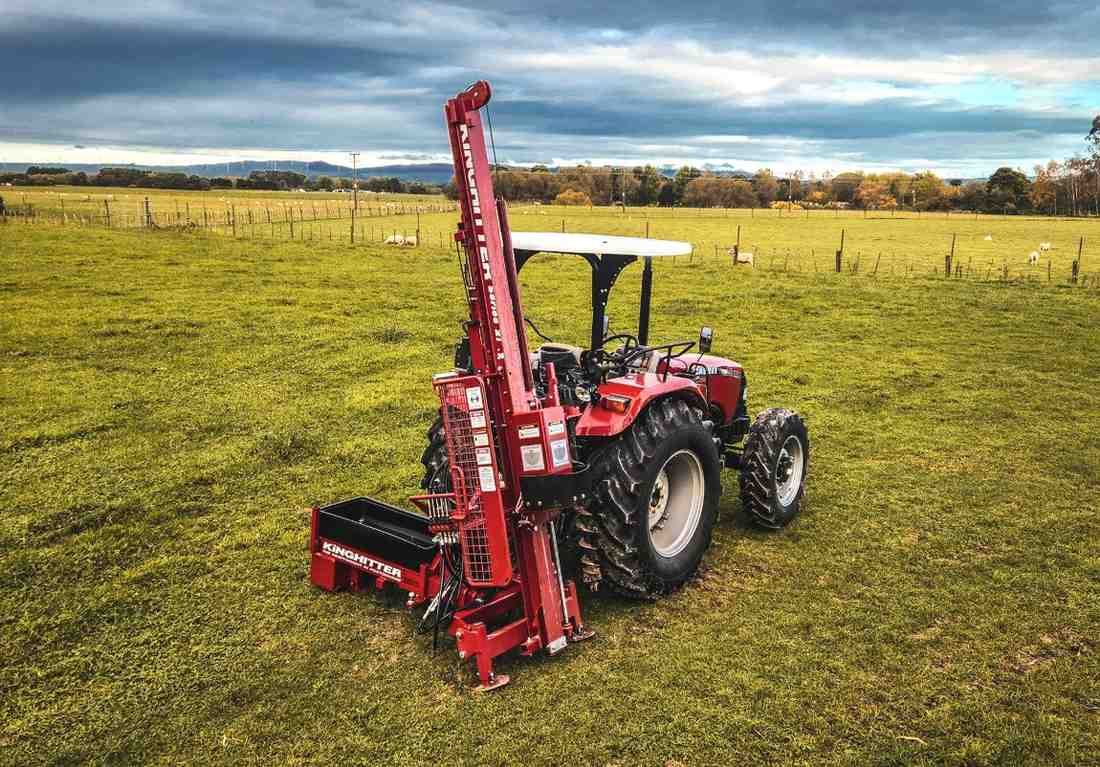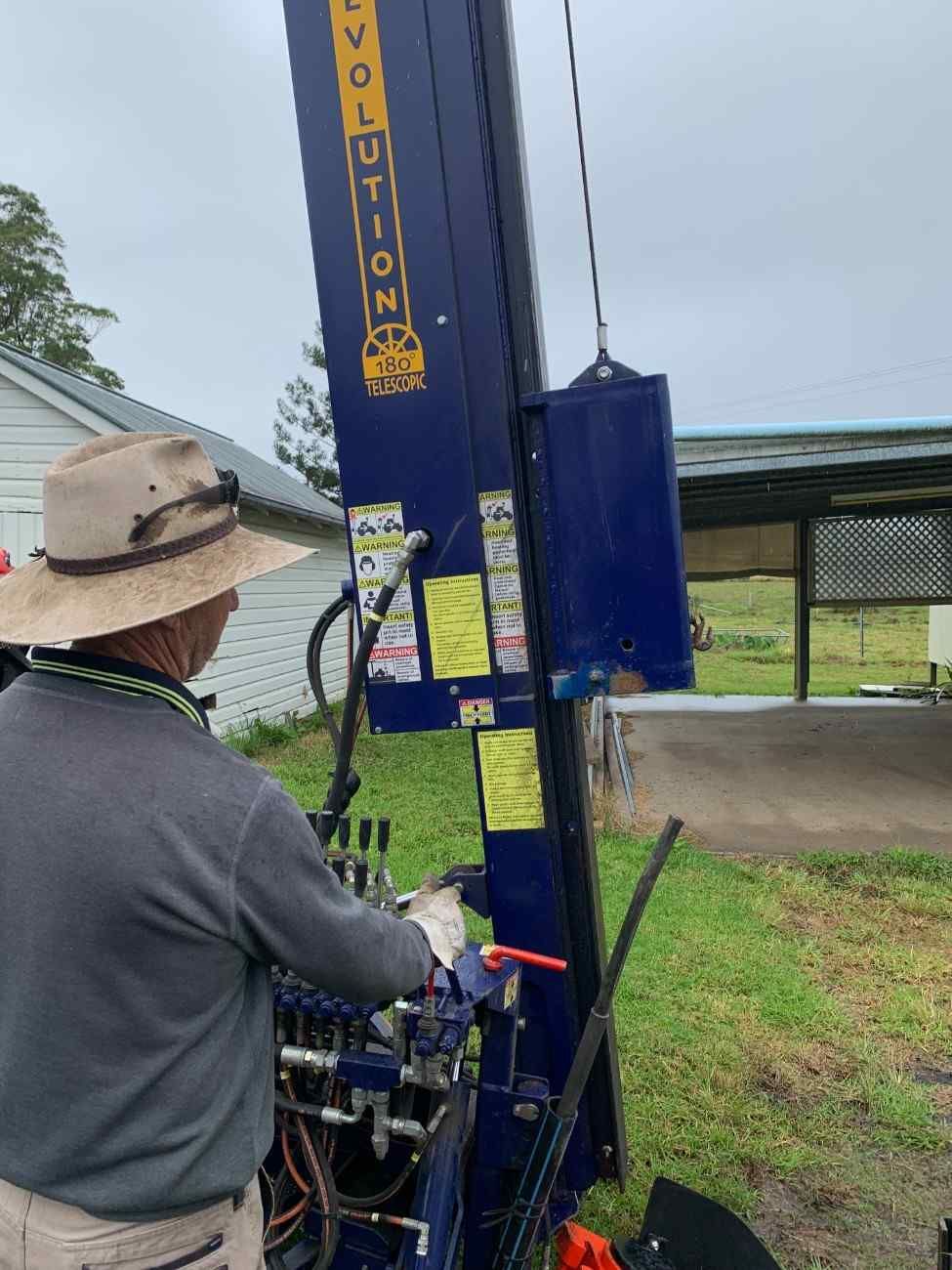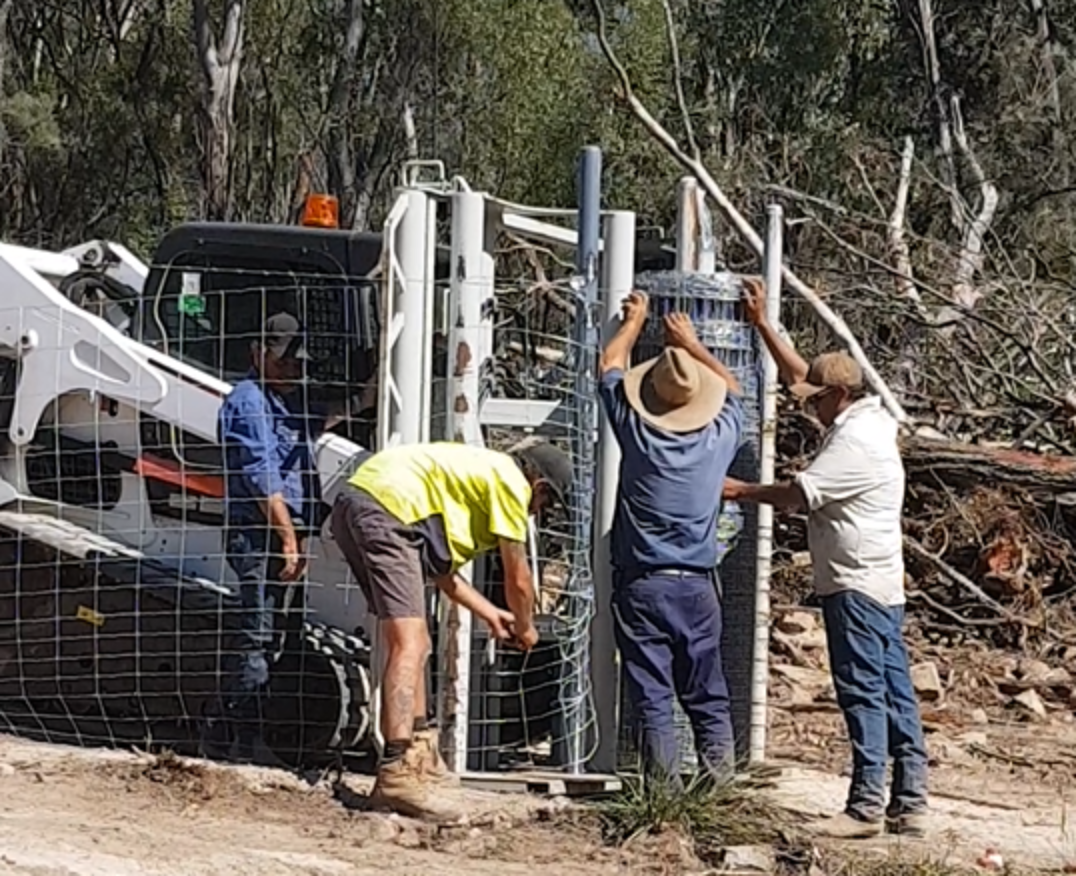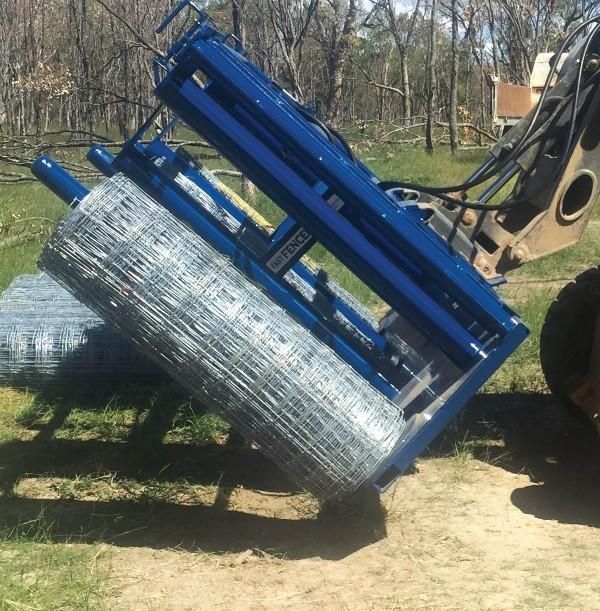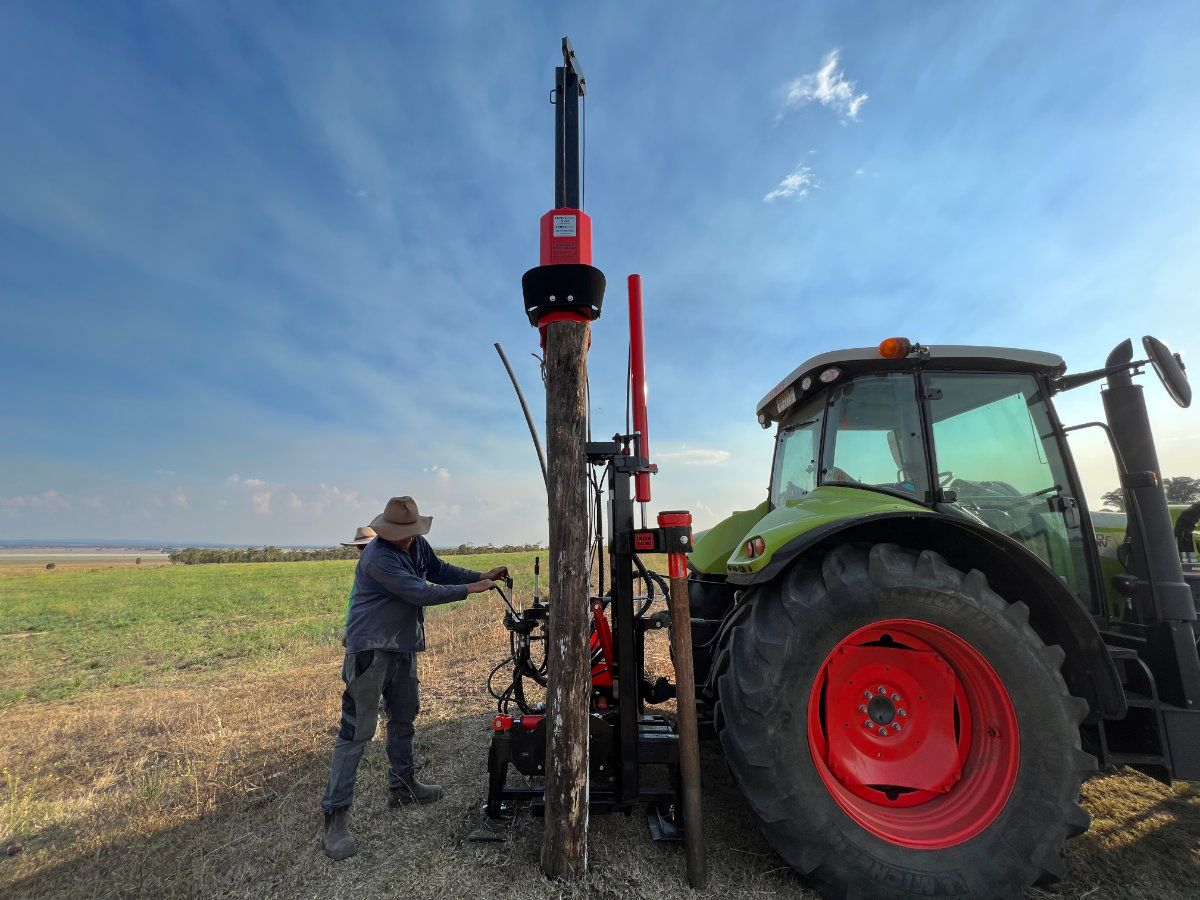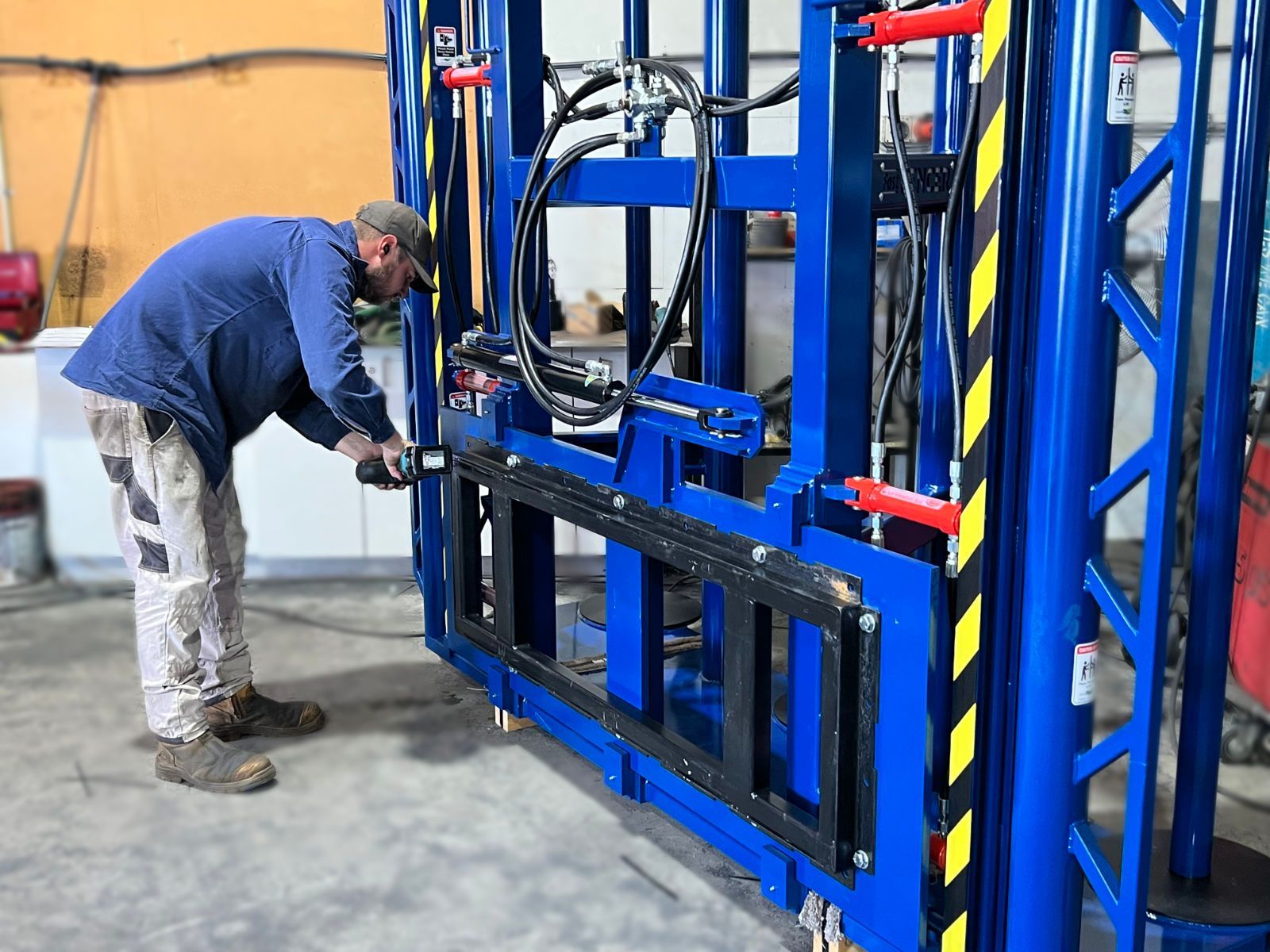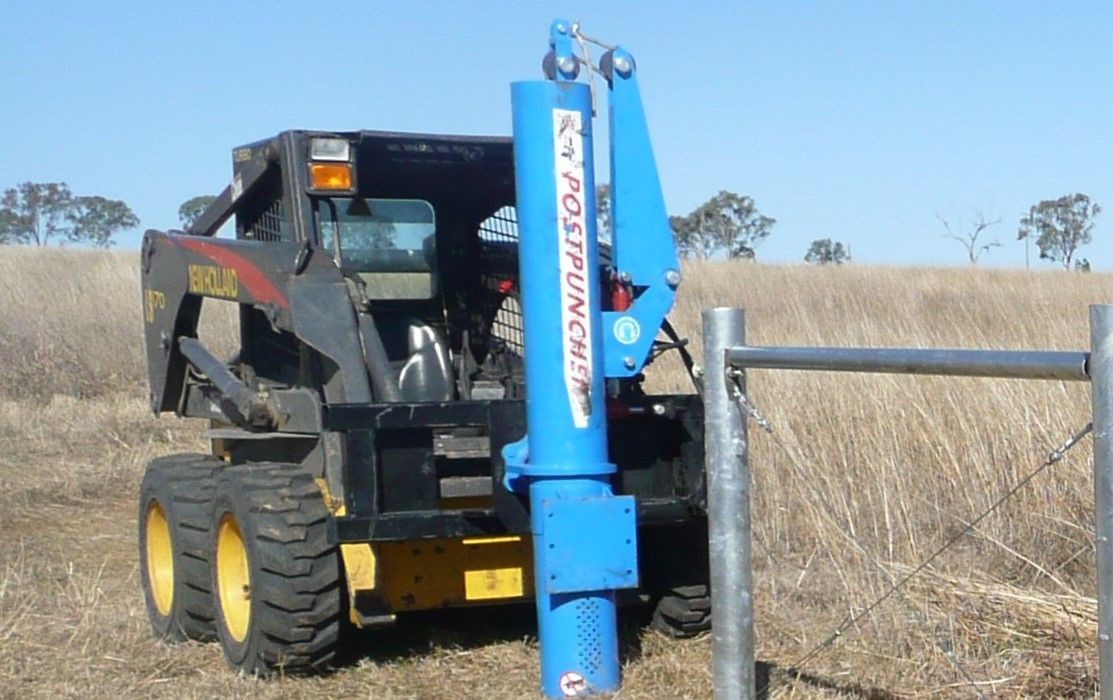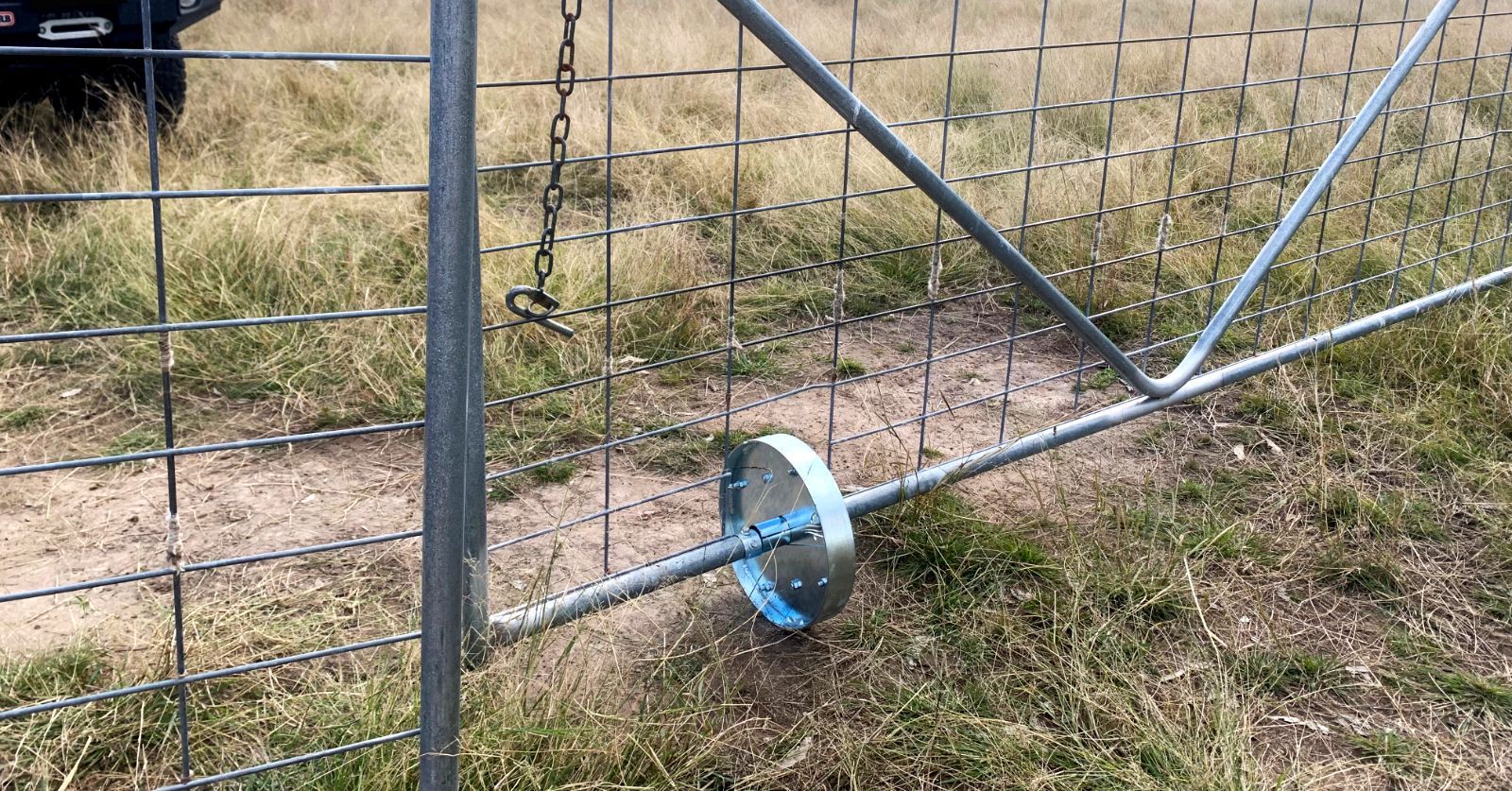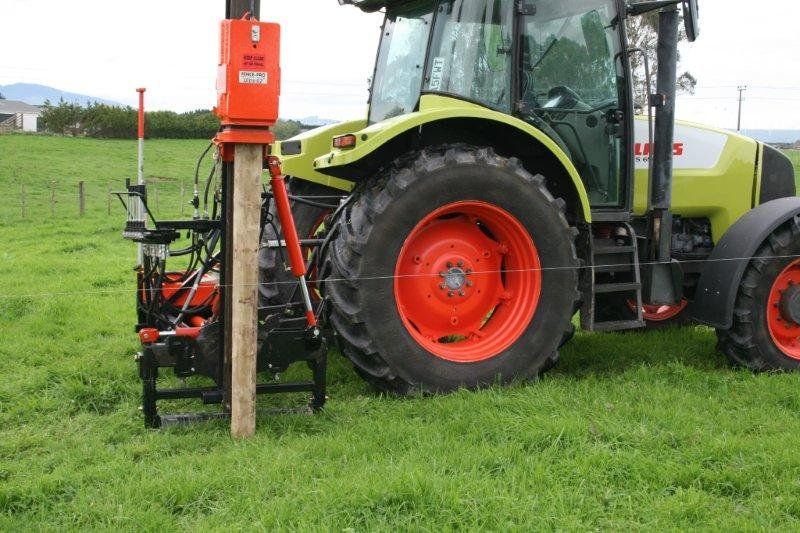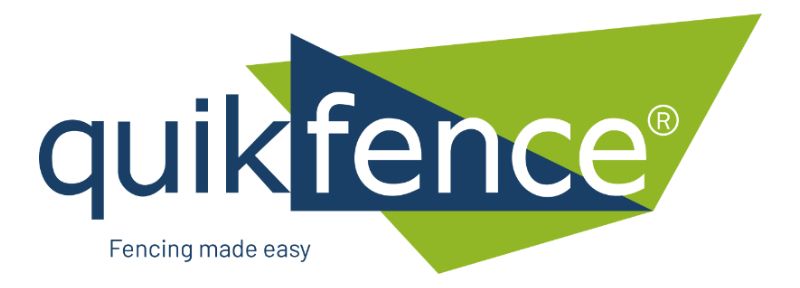Essential Safety Measures for Operating a Post Driver
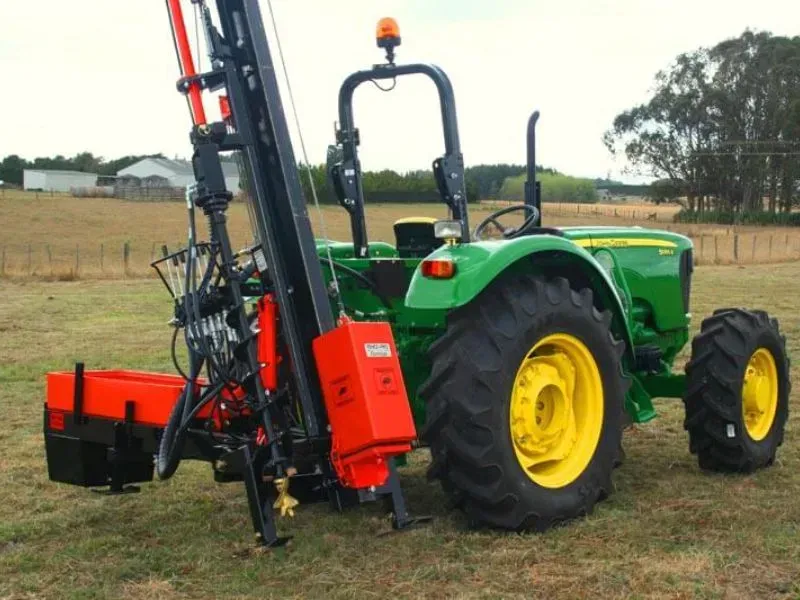
Operating a post driver might seem easier than strictly following its instructions and safety measures, but it is a special requirement to avoid accidents and injuries. This blog post discusses key safety measures for using a post driver. The importance of safety measures while setting posts cannot be overlooked, as they will not only save you time but also prevent any unfortunate set of events.
Understanding the Equipment
Before learning the safety measures, it’s equally important to understand the different types of post drivers present in the market and their functioning:
- Manual Fence Post Drivers: These are hand-operated tools, often resembling a heavy pipe with handles. They are lifted and dropped onto the post to drive it into the ground.
- Hydraulic Fence Post Drivers: They use hydraulic pressure to drive posts into the ground. Such equipment is typically mounted on tractors or skid-steer loaders.
- Gas-Powered Post Drivers: Such post drivers are portable and use gasoline engines to provide the necessary force to drive posts.
Each type has specific operational protocols, but most equipment safety measures are universally applicable.
Personal Protective Equipment (PPE)
The first line of defence when operating any machinery is appropriate Personal Protective Equipment (PPE). For post drivers, the essential PPE includes:
- Safety Glasses or Goggles
- Ear Protection
- Hard Hat
- Gloves
- Steel-Toed Boots
- High-Visibility Clothing
Pre-Operation Checks
Before using a post driver, conduct thorough pre-operation checks to make sure the equipment is in good working condition:
- Inspection of the equipment involves evaluating whether there is any physical damage or wear as well as tear on them; this includes checking if there are cracks in them, rust patches, etc.
- In cases of hydraulic systems as well as those powered by petrol or diesel engines, one must make sure that these oils come in adequate quantity.
- Confirm that all attachments and add-ons are appropriately fastened and in good order.
- Check that all controls are functioning effectively in order to test smoothness.
Site Preparation
Preparing the site is as important as preparing the equipment. A well-prepared site has fewer risk factors and promotes efficiency:
- Clear the site of any debris, rocks, or obstacles.
- Mark utility lines to stay aware of any underground utilities.
- Contact local authorities to mark these lines if necessary.
- Designate safe zone areas for operators and bystanders
Safe Operation Techniques
When operating a post driver, adhering to proper techniques is vital for safety:
- Maintain a Stable Stance: You should position yourself in a stable, balanced stance to prevent falling or losing equipment control.
- Use Both Hands: Operate the post driver using both hands to maintain control and prevent accidental drops.
- Align the Post Correctly: Make sure the post is straight and correctly aligned with the driver to prevent it from shooting out or bending.
- Avoid Overreach: Keep the post driver close to your body to maintain control and reduce strain.
- Communicate Clearly: Use clear hand signals or verbal commands to communicate with any team members assisting you.
Handling Different Types of Post Drivers
Each type of post driver has unique operational characteristics and safety concerns:
- Manual Post Drivers:
- Perform operations in smooth motion to have proper control over the machinery
- Lift with your legs, not your back, to prevent strain.
2. Hydraulic Fence Post Drivers:
- Keep in check that all hydraulic connections are secure and there are no signs of leakage.
- Never place your hands near moving parts or pinch points.
3. Gas-Powered Post Drivers:
- Start the engine where proper ventilation is present to avoid inhaling fumes.
- Be cautious of hot surfaces and moving parts.
Emergency Procedures
Despite the high level of precaution, emergencies can still take place. Knowing how to respond to these situations can prevent minor incidents from becoming major accidents:
- Stop the Equipment: In case of malfunction or emergency, immediately stop the post driver.
- Disconnect the Power: In gas-powered and hydraulic fence post drivers, you should disconnect the power source to prevent it from restarting itself accidentally.
- Have First Aid Ready: Have a well-stocked first aid kit readily available, and train your team members in basic first aid procedures for their well-being.
- Emergency Contacts: Keep a list of emergency contacts and local medical facilities easily accessible.
Maintenance and Storage
Proper maintenance and storage of your post driver can prevent many safety issues including:
- Maintenance: Follow the manufacturer's maintenance schedule for oil changes, part replacements, and general upkeep.
- Clean After Use: Remove any dirt, debris, or corrosive substances after each use to prolong the life of the equipment.
- Proper Storage: Store the post driver in a dry, secure place, away from harmful elements and potential hazards.
Training and Awareness
Finally, comprehensive training and continuous awareness are key to safe post driver operation:
- Training Programmes: Participate in training programmes provided by manufacturers or organisations.
- Stay Updated: Be knowledgeable about the most recent safety standards concerning equipment innovation.
- Regular Safety Meetings: Conduct regular safety meetings to go over procedures and deal with any worries or experiences.
Be Safe on Site
A post driver operator should be familiar with the safety considerations involved with heavy machinery. Be prepared for emergencies with a significant understanding of the equipment and wearing protective gear. A contractor or machine operator needs to prioritise training and awareness for a safe and efficient operation all the way. Safety is a continuous process that requires rigorous updates and advancements to ensure the well-being of workers and animals.
The Post by QuikFence

